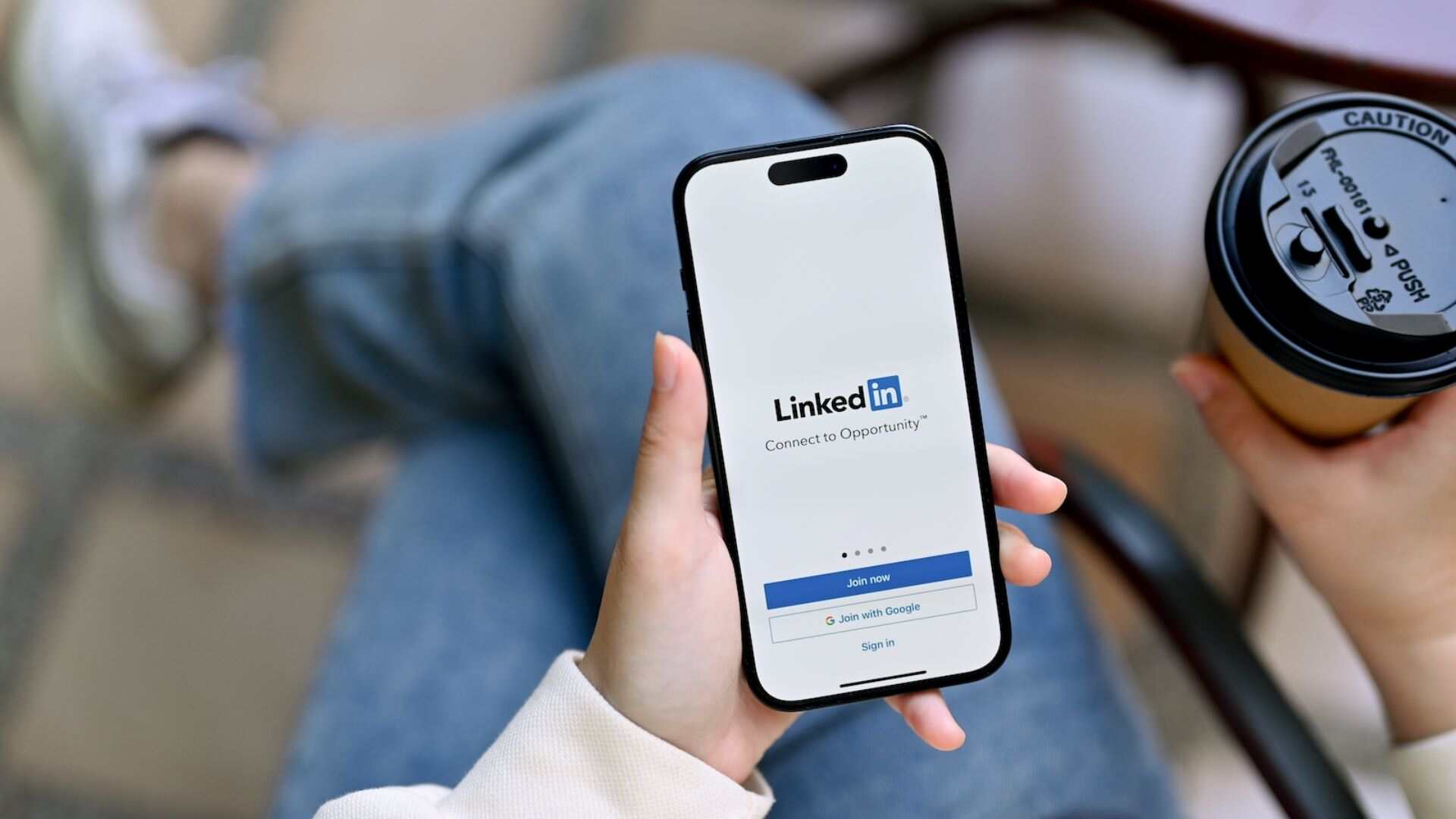A recent post by a Delhi-based author has ignited a wave of anger online, after she shared her experience of receiving unsolicited and derogatory messages following a LinkedIn connection request. The author, a mother of two, described how these messages escalated after she accepted a professional connection on the platform, highlighting the growing issue of harassment women face even “within the safety of their homes by stranger men.”
In her LinkedIn post, she explained, “This harassment began predictably with an innocent LinkedIn connection request. After I politely responded to a ‘Thank you for adding me’ message, I started receiving a stream of unsolicited direct messages under the guise of professional communication. I chose to ignore them.”
The situation worsened when she discovered that the man had also found her Instagram account, where he proceeded to leave suggestive comments. She concluded her post by sharing screenshots of the inappropriate messages, which further fueled the outrage.
Social media users rallied around her, expressing both sympathy and outrage. Vipin R, an IIT alumnus and data scientist, commented, “I’m sorry this happened to you. On a professional network like LinkedIn, there should be a straightforward way to report harassment, but the process itself feels like harassment.”
Sushobhan Chowdhury, a founder, added, “This kind of behavior is inexcusable and deserves immediate consequences. Legal action should be taken, and the individual should be held accountable. His employer, based in Bangalore, has provided their contact details. Tracing him should be the first step. Don’t let him get away.”
Artist Richard Fraser echoed the sentiment, praising the author for speaking out: “I’m so sorry you had to go through this, but well done for speaking up. It’s shameful and pointless behavior. I hope he learns his lesson and you find peace.”
The author’s post has reignited discussions around online harassment, especially on platforms meant for professional networking, and the need for stronger reporting mechanisms to protect users from such incidents.







